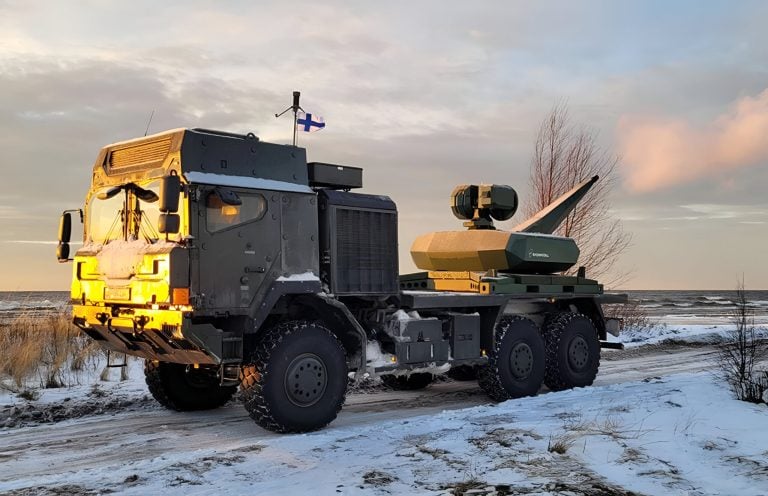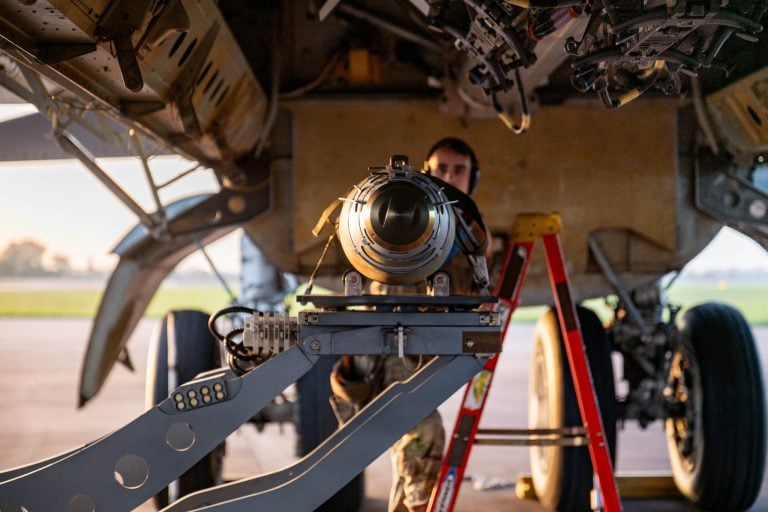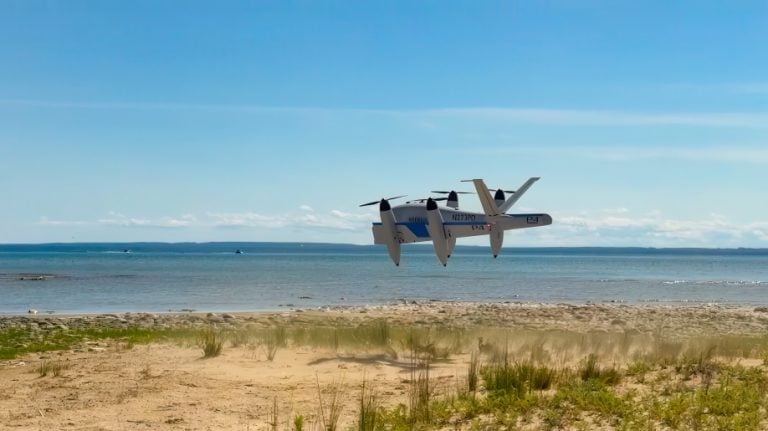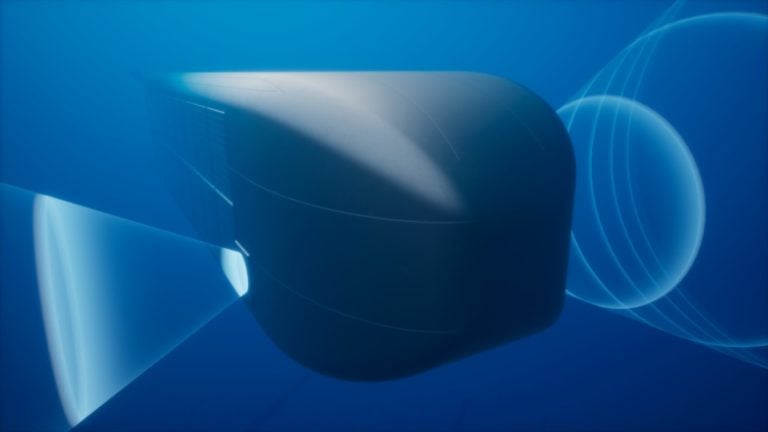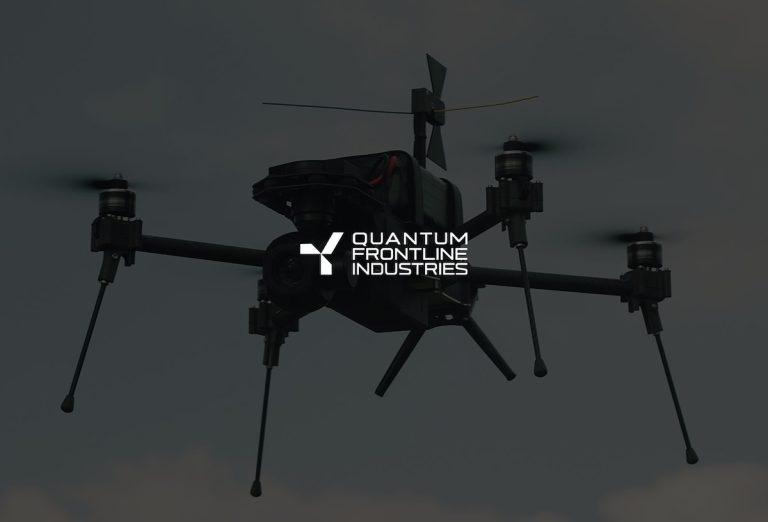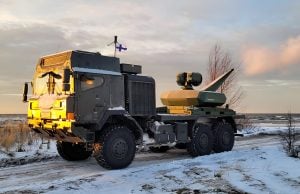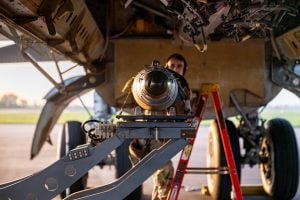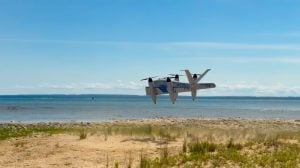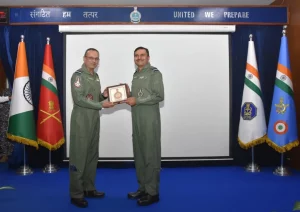Japan’s Maritime Self-Defense Force is currently facing challenges with its fleet of Kawasaki P-1 maritime patrol aircraft, which has seen a significant decrease in operational availability primarily due to ongoing engine malfunctions. A recent audit by the government’s Board of Audit highlighted that these malfunctions are largely attributed to corrosion from salt exposure, along with additional complications related to the aircraft’s onboard electronics and weapon systems.
As a consequence of these issues, the operational capacity of the P-1 fleet has been severely hampered. Between 2019 and 2023, a limited number of these aircraft have been able to conduct missions without restrictions, leading to concerns about the force’s overall air surveillance capabilities.
Further complicating matters, the fleet is now experiencing a growing shortage of replacement parts and maintenance labor. This scarcity has necessitated the rotation of used components among the aircraft, complicating maintenance schedules and further limiting operational readiness.
Financially, the situation has placed a heavy burden on Japan’s defense budget. According to Asahi, the combined costs of development, procurement, and repairs for the P-1s have reached approximately 1.776 trillion yen (around $12.3 billion) through 2023. The inefficiencies revealed in the recent audit underscore the need for a more strategic approach to part acquisition, as outlined by the Board of Audit.
In response to these challenges, Japan’s defense sector has acknowledged the necessity to rectify the current issues and has committed to finding solutions by fiscal year 2027. This plan includes initiating contracts for thorough inspections and repairs of the P-1s.
The Kawasaki P-1 was first introduced in 2013, designed to replace the aging Lockheed P-3C Orion fleet. It is specifically tasked with surveillance duties across Japan’s territorial waters and plays a crucial role in anti-submarine warfare operations. The state-of-the-art aircraft features advanced capabilities including phased-array radar and sonar systems for real-time tracking of both surface and underwater threats.
With its four IHI F7-10 turbofan engines, each generating approximately 19,700 horsepower, the P-1 boasts a maximum speed of 460 knots (852 kilometers per hour) and an operational range of 2,400 nautical miles (4,445 kilometers). The aircraft also has a service ceiling of 10,000 meters (32,808 feet).
In a bid to enhance its capabilities, Tokyo recently allocated about $280 million to develop a new electronic warfare aircraft utilizing the P-1’s architecture, indicating a broader commitment to modernizing its surveillance and defense operations amidst the current challenges.



